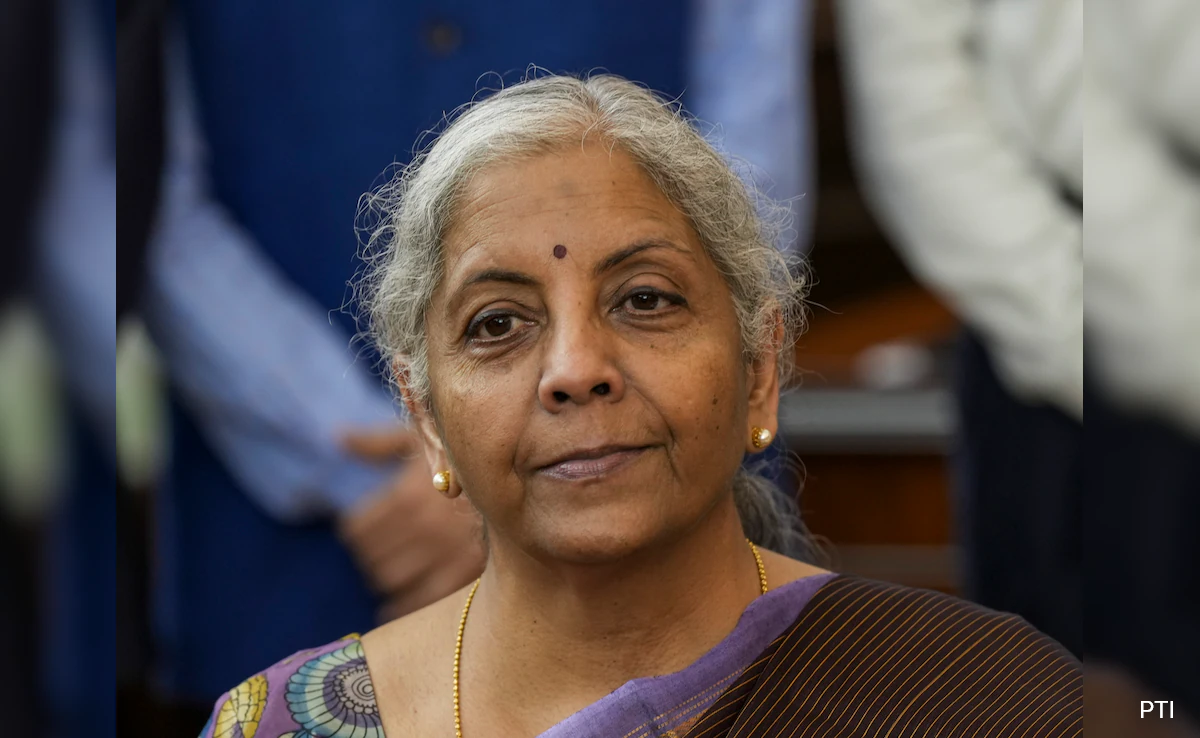2024-07-22 19:26:41

Union Finance and Corporate Affairs Minister Nirmala Sitharaman will present budget today in parliament.
New Delhi:
The Indian government has increased its budget for the welfare and empowerment of women, marking a 218.8 per cent rise from FY14 to FY25.
The surge underscores India’s commitment to transitioning from women’s development to women-led development, as highlighted in the Economic Survey 2023-2024.
Presented today in Parliament by Union Finance and Corporate Affairs Minister Nirmala Sitharaman, the Survey emphasizes the resilience of the Indian economy and its stable post-Covid recovery, according to a press release by the Ministry of Finance.
The Survey underscores the government’s commitment to “Nari Shakti” through various legislative measures and provisions aimed at boosting women’s participation in diverse professions.
According to the Economic Survey, the budget for women’s welfare and empowerment schemes has surged by 218.8 per cent, growing from Rs 97,134 crore (BE) in FY14 to Rs 3.10 lakh crore in FY25.
Additionally, the Gender Budget Statement (GBS) has seen a 38.7 per cent increase compared to FY24 BE, with its share in the total Union Budget rising to 6.5 per cent in FY25, the highest since GBS was introduced in FY06, read the press release.
The Survey emphasizes that women-led development starts with ensuring the health and education of the girl child. The national sex ratio at birth (SRB) has improved from 918 (2014-15) to 930 (2023-24, provisional), and the maternal mortality rate has dropped from 130 per lakh live births in 2014-16 to 97 per lakh live births in 2018-20.
Programs like “Beti Bachao, Beti Padhao” and Sukanya Samriddhi Yojana have been pivotal in raising awareness and fostering the welfare of the girl child.
Over the past decade, institutional deliveries have increased from 78.9 per cent in 2015-16 to 88.6 per cent in 2019-21, thanks to initiatives like the Janani Shishu Suraksha Karyakram and the PM Matru Vandana Yojana, India’s largest conditional cash transfer program. These programs have positively impacted public health service utilization and birth spacing, read the press release.
Government initiatives aimed at empowering women have focused on improving women’s conditions and addressing gender-specific disadvantages.
The construction of toilets under the Swachh Bharat Mission, clean cooking gas connections under the Ujjwala Yojana, and tap water connections under the Jal Jeevan Mission have significantly reduced the drudgery and care burden on women, allowing more time for productive activities such as participating in women’s collectives through the National Rural Livelihood Mission (NRLM).
The Mission Saksham Anganwadi and Poshan 2.0 programs highlight the principle that women’s health is foundational to societal health, shifting focus from mere calorific sufficiency to overall health, wellness, and immunity through micronutrient sufficiency.
Women’s education remains a key enabler of empowerment, with programs like Sarva Shiksha Abhiyan and the Right to Education achieving gender parity in school enrollment.
In higher education, female Gross Enrollment Ratio (GER) has surpassed that of males for five consecutive years.
Acknowledging the emphasis on women’s inclusion in skill development schemes, the Survey notes that women’s participation in training programs has increased from 42.7 per cent in FY16 to 52.3 per cent in FY24 under the Pradhan Mantri Kaushal Vikas Yojana (PMKVY).
Under the Jan Shikshan Sansthan (JSS) Scheme, women constitute about 82 per cent of total beneficiaries. In ITIs and National Skill Training Institutes (NSTIs), women’s participation has grown from 9.8 per cent in FY16 to 13.3 per cent in FY24, and under the National Apprenticeship Promotion Scheme (NAPS), from 7.7 per cent in FY17 to 20.8 per cent in FY24, read the press release.
The Women in Science and Engineering-KIRAN (WISE KIRAN) program, which aims to increase women’s participation in STEM fields, has benefitted nearly 1,962 women scientists between 2018 and 2023.
The Vigyan Jyoti program, initiated in 2020 to address the underrepresentation of girls in science and technology courses from grades 9 to 12, has seen an enrollment of around 21,600 female students from 250 districts as of December 2023.
(Except for the headline, this story has not been edited by NDTV staff and is published from a syndicated feed.)
Budget 2024,Budget for Women,Nirmala Sitharaman,Budget today for women and empowerment
Source link
![]()
